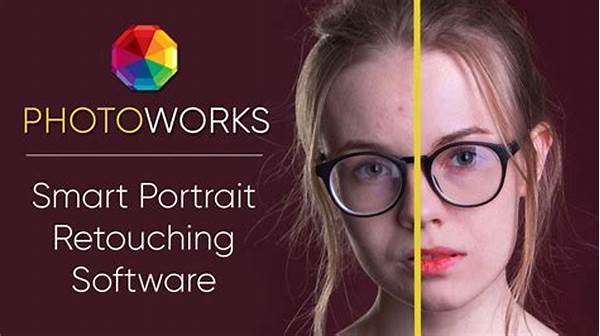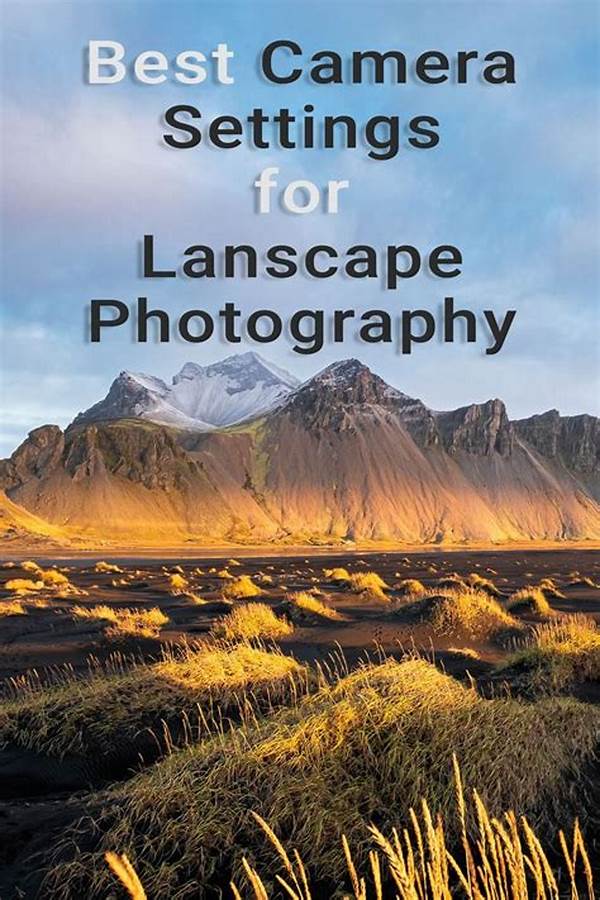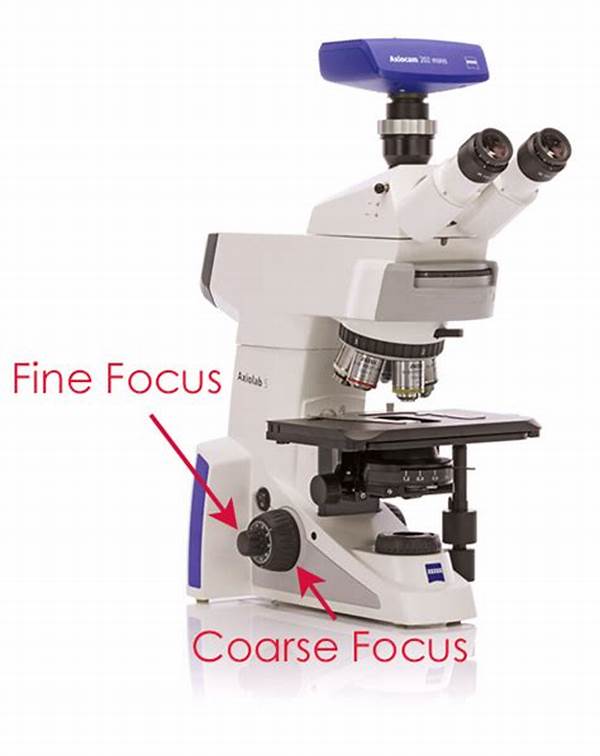Hey there, fellow photo enthusiasts! If you’ve ever dabbled in photography, you know that capturing the perfect profile shot can be a game-changer. Whether it’s for professional LinkedIn profiles, social media updates, or just for fun with friends, the secret sauce often lies in the type of lens you use. That’s right, today we’re diving deep into the realm of camera lenses for profile photography. Let’s get that perfect shot with the right lens, shall we?
Read Now : Improving Content Coherence Effectively
Understanding the Best Lenses
When it comes to camera lenses for profile photography, there’s a whole spectrum to consider. The ideal lens is one that complements the personality of your subject and the vibe you’re going for. Prime lenses, typically those with fixed focal lengths, are fan-favorites for many photographers focusing on profile shots. They usually offer sharper images with better quality overall. Many photographers lean towards using lenses ranging from 50mm to 85mm for portrait work. These lenses often provide that dreamy background blur (often referred to as bokeh) that makes subjects pop right out of the photo. They’re magical, really!
Zoom lenses, on the other hand, offer versatility. If you’re working in a dynamic environment where you need to switch between different focal lengths quickly without changing lenses, they can be a solid choice. But, keep in mind, they might not give you that pin-sharp image that prime lenses can deliver. Having a good understanding of what you’re trying to achieve in your profile photography will guide you toward choosing between prime or zoom camera lenses. And trust me, experimenting with different lenses is part of the fun!
Lastly, it’s crucial to think about the lens aperture. A wider aperture (like f/1.8 or f/2.8) allows more light and is great for low-light conditions or for creating those creamy background blurs. Remember, a higher number like f/5.6 will give you a greater depth of field, keeping more of your image in focus. So, play around with camera lenses for profile photography and see what fits your style!
Top Picks for Stunning Results
1. Canon EF 50mm f/1.8 STM: This nifty fifty is a budget-friendly champ in the realm of camera lenses for profile photography, offering crisp images and that signature bokeh.
2. Nikon AF-S NIKKOR 85mm f/1.8G: Known for its outstanding sharpness and low-light performance, this lens is a go-to for many portrait photographers.
3. Sony FE 85mm f/1.4 GM: If you’ve got a Sony camera, this lens combines the best of quality and art. It’s a little pricey but worth every penny for profile shots.
4. Sigma 50mm f/1.4 DG HSM Art: Loved for its unparalleled sharpness, this lens excels in profile photography with clean, vivid results.
5. Tamron 70-200mm f/2.8 Di VC USD G2: When versatility meets quality, this zoom lens does not disappoint, offering great flexibility with fantastic image stabilization.
Capturing Chemistry with Lenses
Another important aspect of choosing camera lenses for profile photography is understanding the chemistry between you, the lens, and the subject. It’s not just about technical specs but also the connection you create. Different lenses capture unique textures and nuances in expression. For instance, close-up shots captured with an 85mm can highlight minute facial details and expressions, which are sometimes lost with other lenses.
Choosing the right lens is also about understanding your work ethic and style. Are you someone who prefers working from a distance, capturing candid shots, or do you enjoy getting close and personal with your subjects to really capture the intimacy? Camera lenses for profile photography help tell your story and that of your subjects, so it’s all about marrying technical capabilities with your storytelling prowess.
Ultimately, experimenting is key. Try various lenses, pay attention to how they change the feel of your photos, and soon you’ll find what suits your photographic personality. It’s an ongoing journey of discovery where every shot is a step forward.
Read Now : Easy Watermarking Methods Free
The Know-How for Every Shot
Exploring Lens Options
When diving into the world of camera lenses for profile photography, you soon realize it’s like choosing a musical instrument that sings best in your hands. The options are endless. Maybe you’re the type who prefers a close-up, vivid detail that really pulls you into the subject’s world. Or perhaps, you enjoy the mystery of a softly blurred background that keeps the viewer guessing.
For starters, a sturdy mid-range option like a 50mm lens is often recommended for newcomers who are just exploring. It’s flexible, friendly, and offers beautiful portraits without needing to spend a fortune. But, as you grow more confident in your skills, the calling of an 85mm for that extra bokeh touch can become irresistible. It’s all about what resonates with your creative instincts.
Why stop there? Dive into the world of specialty lenses like macro lenses, which offer an incredibly detailed look at tiny features. They’re not the go-to for traditional profiles, but who says you can’t break the rules? Every lens has its unique touch, and when used creatively, can produce truly captivating results. Remember, camera lenses for profile photography are your toolkit—choose wisely and let them reflect your vision.
Lens Faves and Favorites
Ever wondered why certain lenses come up as favorites repeatedly? It often boils down to their reliability and predictability across various photography styles. With camera lenses for profile photography, certain lenses tend to shine brighter. They consistently deliver, producing stunning images with sharp focus and compelling depth of field.
Take the classic 50mm lens, for instance. It’s adored for being lightweight, affordable, and incredibly versatile. It allows photographers, beginner to pro, to capture stunning profile shots without much hassle. Then there are the 85mm lenses beloved for their dreamy bokeh, which elevates profile photography to an art form by perfectly isolating the subject.
As technology advances, more companies join the lens game, offering new perks like improved stabilization, lighter materials, and faster focusing. Selecting a lens becomes part of the artistic process itself. As a part of your kit, these lenses should feel like an extension of your photographic spirit, ensuring you’re always ready to snap that perfect profile shot at any moment.
Reflecting on Lens Choice
In the whirlwind world of photography, selecting the right tool can make all the difference. Camera lenses for profile photography are no exception. When it comes to lenses in particular, they are much more than mere accessories; they’re crucial components that can change a shot from good to unforgettable. With so many options on the market, choosing one that suits your needs can initially seem daunting, but it’s a journey of discovery that every photographer must embrace.
Detailing minute aspects like lens focal length, aperture, and build quality can soon become second nature. But remember, the most significant factor is how the lens supports your vision as a photographer. Snap a profile under different lights, angles, and moments; watch how each aspect changes with different lenses. Keep experimenting, challenging what’s conventional, and discover unlimited potential framed from your unique point of view.



